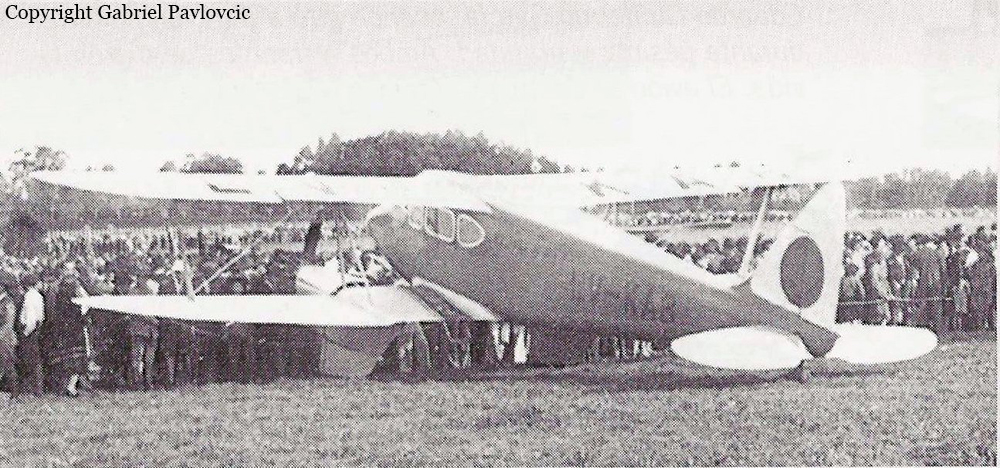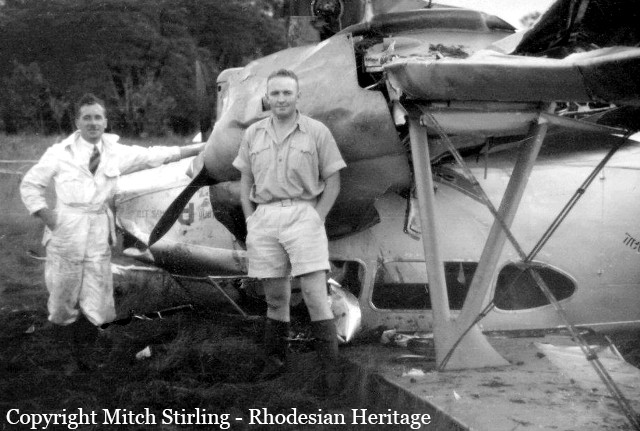Crash of a De Havilland DH.90 Dragonfly off Rio de Janeiro: 1 killed
Date & Time:
Nov 8, 1940 at 1430 LT
Registration:
LV-KAB
Survivors:
No
MSN:
7563
YOM:
1937
Crew on board:
1
Crew fatalities:
Pax on board:
0
Pax fatalities:
Other fatalities:
Total fatalities:
1
Circumstances:
The twin engine aircraft was approaching Rio de Janeiro-Santos Dumont Airport when it collided at a height of 1,500 feet with a Junkers JU.52 of VASP. Registered PP-SPF, the three engine aircraft was en route to São Paulo with 18 people on board. Following the collision, both aircraft entered a dive and crashed into the Botafogo Bay, killing all 19 occupants.
Probable cause:
Both crews failed to see and avoid each other due to the poor visibility caused by the presence of clouds at low altitude.






